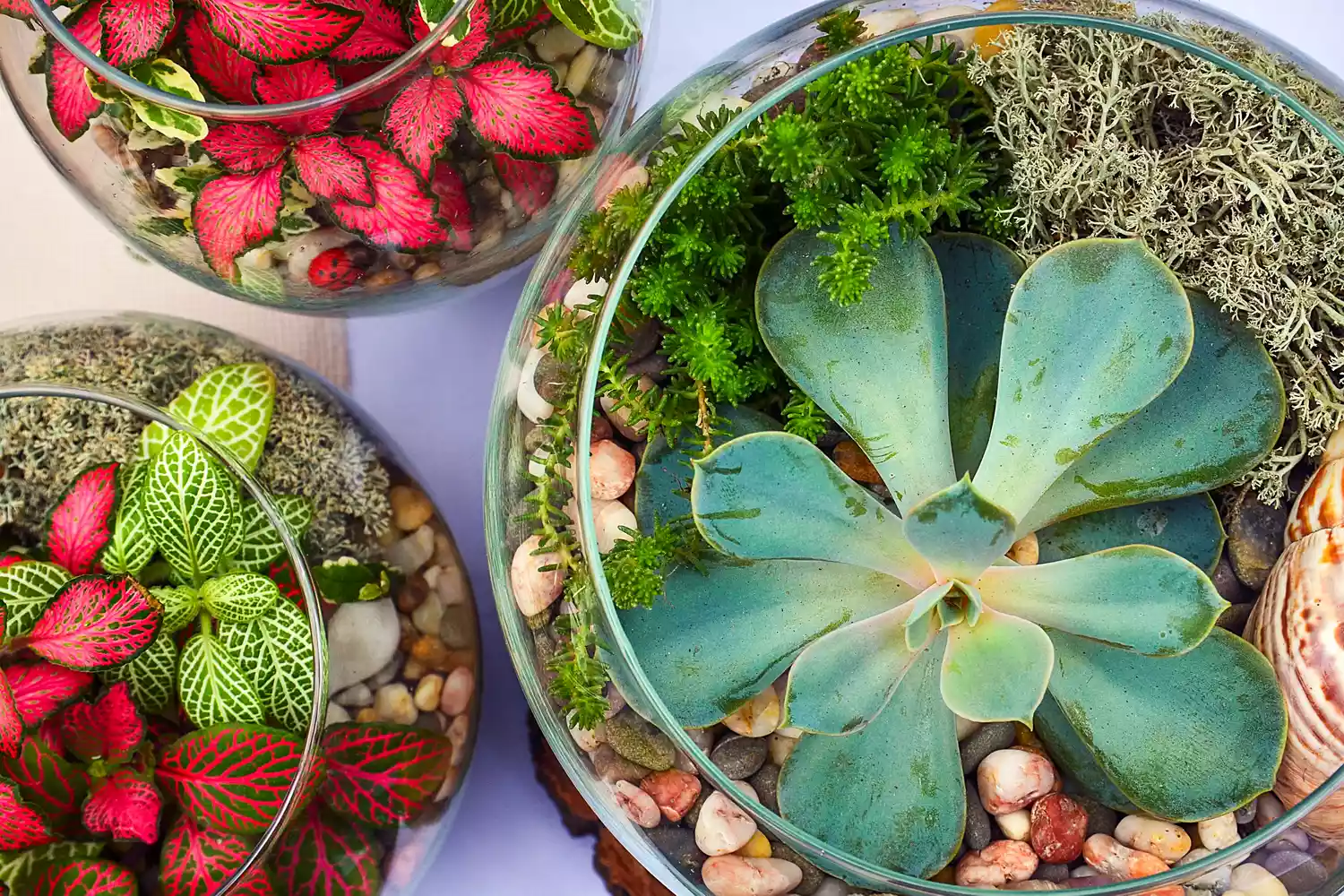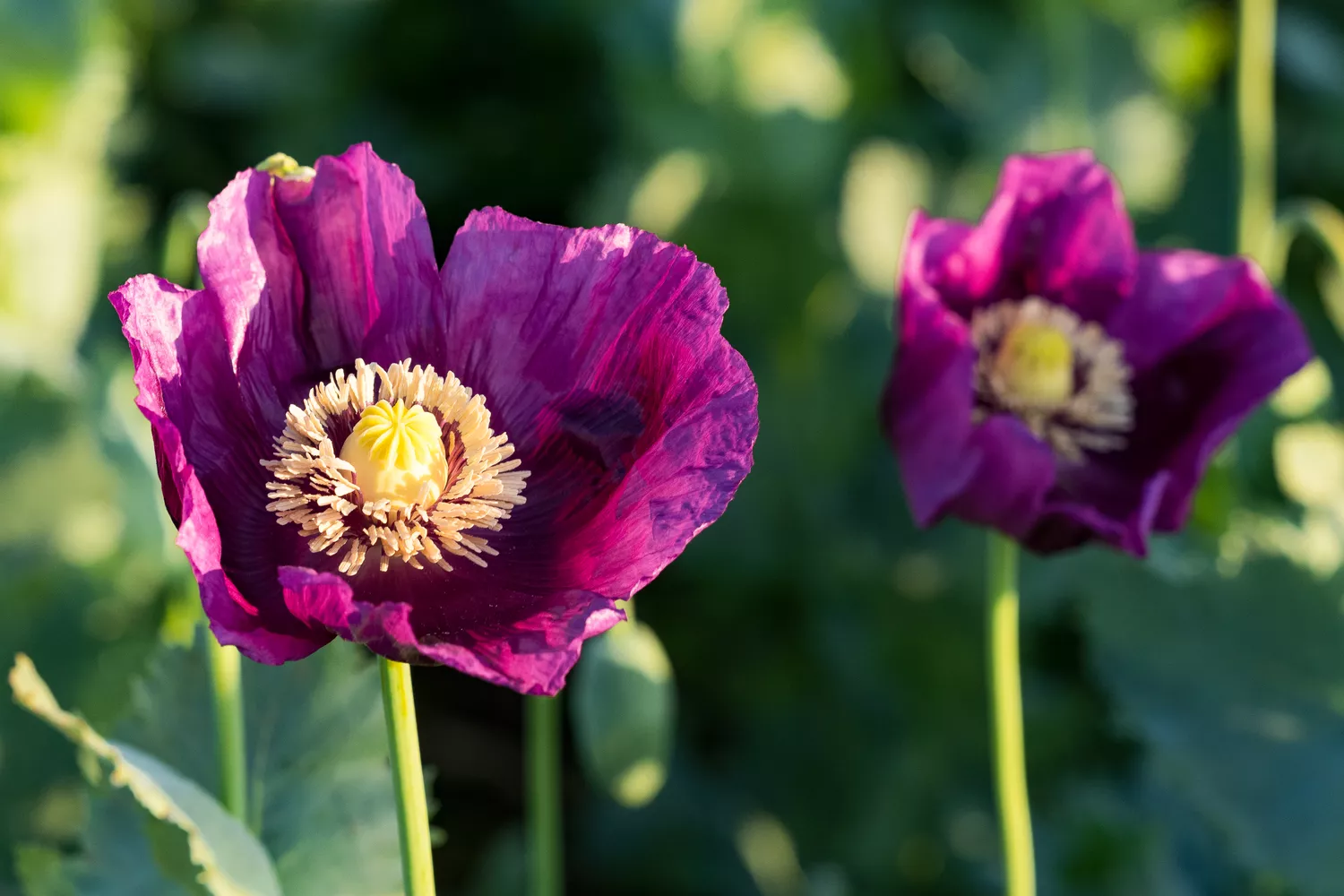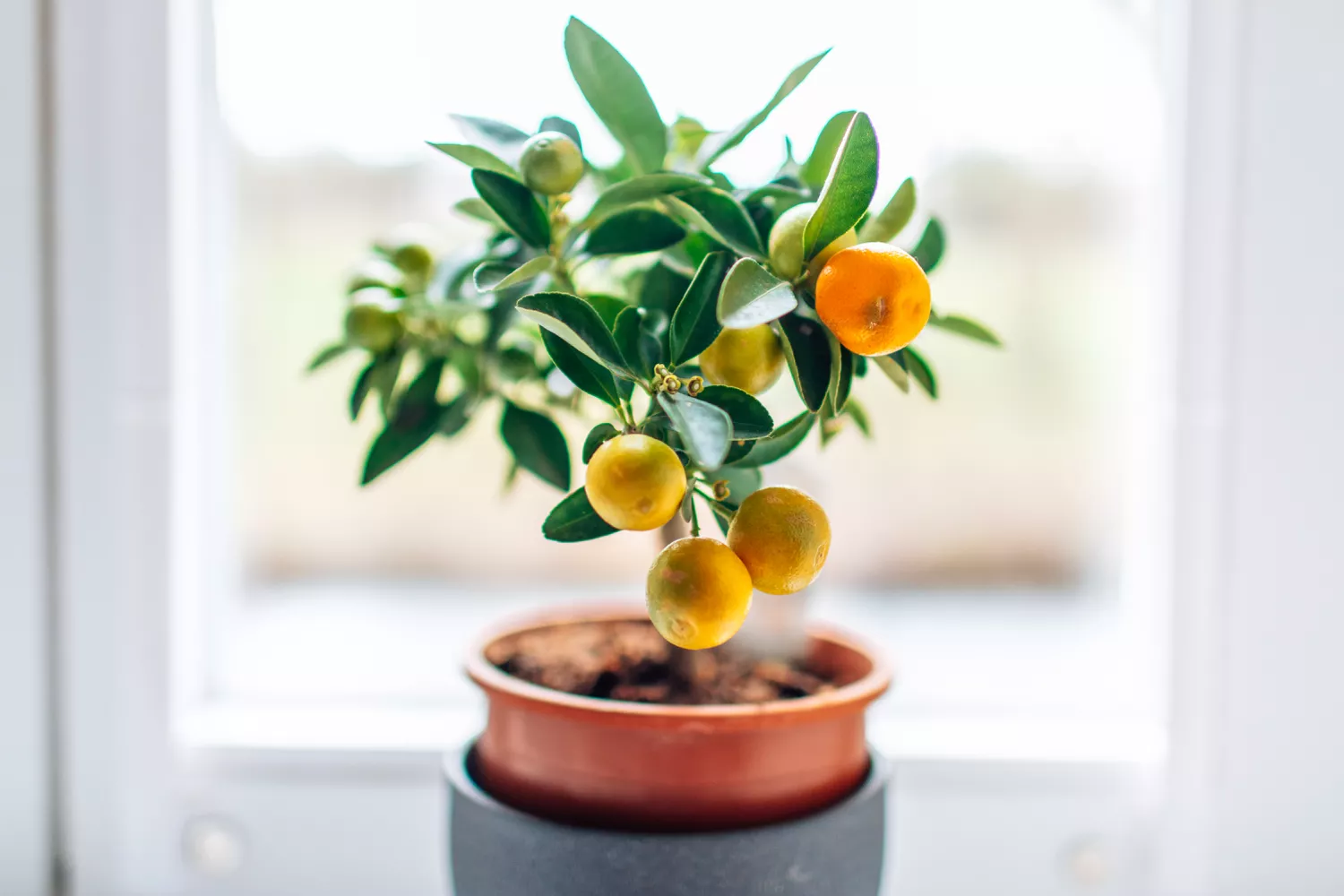
When you develop a wildflower meadow– a sprawling mini-field bursting with vibrant flowers– you’re offering food and a place where butterflies, moths, bees, birds, and other living creatures can feed, pollenate, discover mates, lay eggs, deliver, raise their young, and shelter in winter season. You’re likewise growing a carbon storage and rainwater management system that will help mitigate the effects of environment change– all while using a progressing program of color and texture.
As if that weren’t enough, tending to a community can deepen your sense of wellbeing, state our specialists. Here, find out how (and when) to plant and grow your own wildflower meadow in your yard.
Planning Your Wildflower Meadow
You’ll be happiest with your wildflower meadow if you provide yourself time to take pleasure in the preparation process and get it right. When you comprehend how a meadow works, you can choose plants that will prosper and support the different kinds of life that comprise a functioning, independent ecosystem.
Recognize Your Goals
Yes, a wildflower meadow is gorgeous– however it can be so much more than that if you work towards objectives that benefit local pollinators, bugs, and wildlife.
Assistance pollinators: If you wish to support pollinators with your wildflower meadow, you’ll start by focusing on the ones that live in or pass through your location and the native flowers with the nectar and pollen they seek. From there, you’ll plan enough variety in your meadow to have something in bloom all the time, spring through fall, “and preferably, many somethings in blossom all the time,” states Jennie Cramer, creator of an online regenerative gardening course called Garden Rhythm.
Supply a detailed environment: To genuinely support pollinators, you ought to offer not just nectar and pollen however likewise environment for all the stages of their lifecycles. “So when they’re an egg, when they’re a caterpillar, and if they overwinter in a specific way, we require the habitat for that,” states Cramer.
Support useful insects: You’ll also want to support useful bugs, referred to as natural enemies, that will supply free insect control by consuming other bugs that hurt your meadow plants. “If all we had was pollinators, however we didn’t have the natural opponents, the ecosystem would be gone in a couple of life process,” Cramer states.
Support reptiles and small mammals: Reptiles, like snakes, along with little mammals, like mice and voles that aerate the soil with their tunnels are also great neighbors. These little critters also break down plant materials so they can break down. If you aren’t delighted about drawing these visitors to your backyard, don’t worry, Cramer includes– these aren’t species that wish to be in your house. “And all of them have an actually essential role in the environment. It wouldn’t be a functional community without them,” she states.
Know Your Constraints
Municipal codes might determine how high your wildflower meadow can be. Or a neighbor’s trees may toss too much shade on your home for a meadow, which will require at least a half-day of complete sun, if not more, to flourish. (If that counts you out, think about planting a forest understory environment rather, Cramer states– or develop a yard food forest.).
Research Study Native Plants.
The very best plants for your meadow will be belonging to your area, because that’s what will flourish separately in your climate and soil. Contact your state or county extension service for aid establishing a list, or think about signing up for Cramer’s course. The Xerces Society likewise uses region-specific lists of plants that support pollinators and suppliers that offer them as plants or seeds.
Depending upon where you live, the native wildflowers you plant may include a few of the following:.
Red columbine.
Typical milkweed.
Typical yarrow.
Black-eyed Susan.
Purple coneflower.
Pussy willow.
Aster.
Polyp.
Start Small.
The prospect of setting up a meadow can feel frustrating to a great deal of individuals, says Owen Wormser, a landscape designer and the author of Lawns Into Meadows, which also offers a plant list and detailed guide for planting and taking care of a natural meadow. “You’re dealing with living plants and soil and various aspects. It’s daunting and likewise a bit mysterious,” he says.
That’s why he encourages beginning little, perhaps with a 5-foot-by-5-foot trial plot where you can see what plants grow and which pollinators go to. “That’s going to inform you and assist you comprehend what works. And then you can go on to a bigger job,” Wormser states.
How to Plant a Wildflower Meadow.
You can plant your wildflower meadow as seeds or as plugs– small plants that will reveal faster results but will also cost more and need a more deal with your part to get in the ground. Both seeds and plugs are offered online and ending up being more commonly readily available at local nurseries, too.
When to Plant a Wildflower Meadow.
You can plant seeds at any time considering that they’ll lie inactive till the soil temperature and moisture are best to sprout, states Worser. That said, people tend to like seeding in spring or fall because that’s when they’ll see instant outcomes.
If you’re opting for plugs, plant in spring to accompany seasonal rains, which will make your job simpler. Spring planting also helps the young plants get established prior to the heat of summer season hits.
Prepare the Soil.
You can plant over a yard, enabling the yard to grow out along with your brand-new meadow plantings– but lawn grass does not always look fantastic in a meadow and existing weeds can take over quickly, Wormser states.
Wormser recommends tilling the ground and covering it with black plastic to deprive existing lawn and weeds of sunshine. The extreme heat under the plastic not only kills grass and weeds however also cooks their root systems and seeds, offering a fresh slate for meadow plants.
Start Planting.
If you’re opting for seeds, consider likewise planting a nurse crop, which will secure the soil from erosion and green up your space quickly while you wait for your seeds to grow and fill out, Wormser states. An annual rye grass or oats will sprout within a couple of days, and you can follow with your wildflower seeds, tossing them out by hand and gently raking them in. For a bigger space, you can rent a hand-pushed broadcast spreader to help tackle the job.
If you’re planting plugs, you’ll use a trowel to dig a hole for each one and fill in around it, following with a mulch, such as straw, bark, or dry shredded leaves.
How to Care for a Wildflower Meadow.
Your wildflower meadow will look excellent after its first year, and it will be much easier to take care of than a yard. It’s not a no-care endeavor, specifically in its first 3 to four years of life.
Water and Re-Planting.
Early on, you might need to supply extra watering– and you may need to change some species totally. “In the early years, some of the species you planted won’t endure, and weeds will attempt and be available in,” Cramer says. She recommends monitoring and repairing your meadow in real time to determine which modifications to make year over year: “Did thistles somehow invade when I had bare soil? And do I require to add more species, because certain species didn’t succeed the year I planted?” she says to ask.
Establish Flower Variety.
You might also decide to include more of a color or texture you like. And if you’ve seen a certain kind of bird or butterfly in the location, you can investigate what it requires and offer more of that.
Producing a wildflower meadow or restoring any garden community is a process, and a cheerful one. “It’s a reciprocal thing,” Cramer states. “And that’s what I love about it. You’re returning to the earth. But in turn, your gardening ends up being simpler, more gorgeous, and more abundant. Since the natural feedback loop that already exists in nature, to keep things going, is now taking place in your garden.”.




